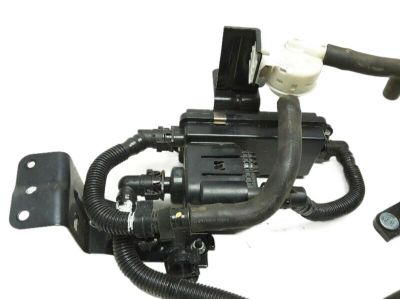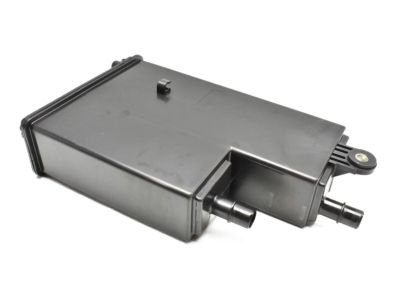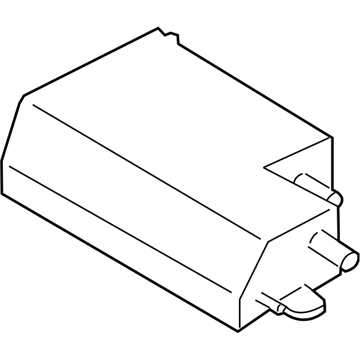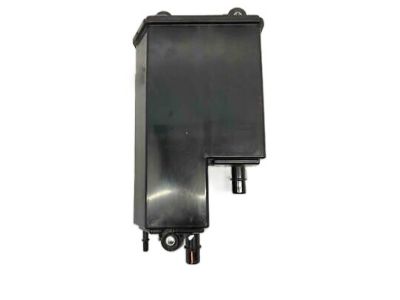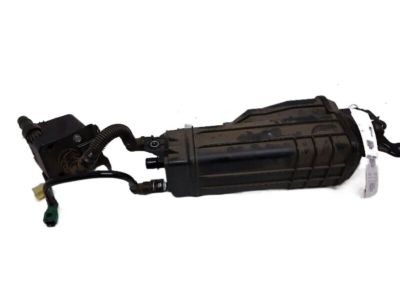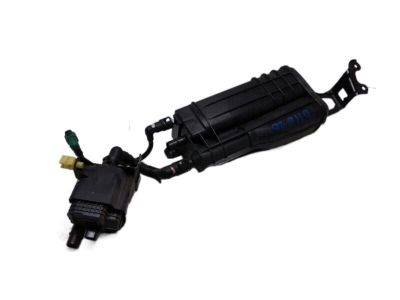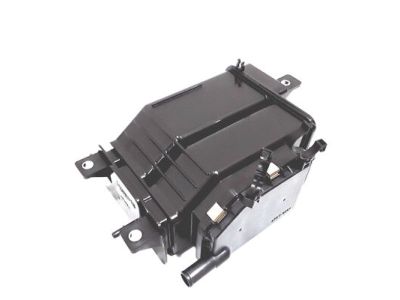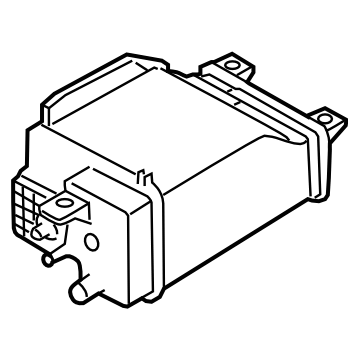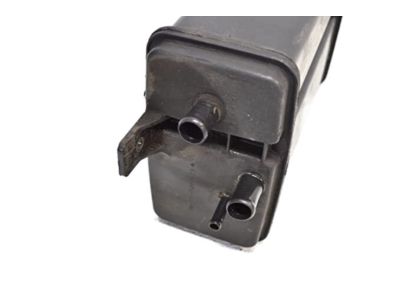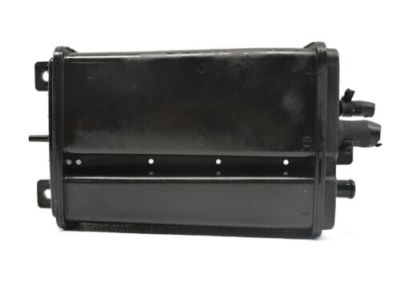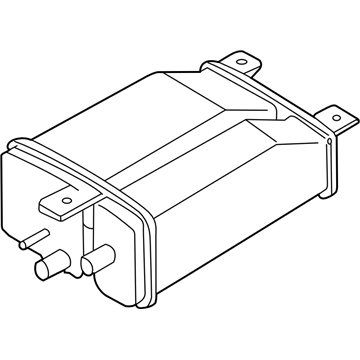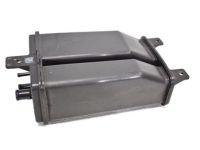×
- Hello
- Login or Register
- Quick Links
- Live Chat
- Track Order
- Parts Availability
- RMA
- Help Center
- Contact Us
- Shop for
- Subaru Parts
- Subaru Accessories


My Garage
My Account
Cart
Genuine Subaru Forester Vapor Canister
Fuel Vapor Canister- Select Vehicle by Model
- Select Vehicle by VIN
Select Vehicle by Model
orMake
Model
Year
Select Vehicle by VIN
For the most accurate results, select vehicle by your VIN (Vehicle Identification Number).
7 Vapor Canisters found

Subaru Forester CANISTER Us
Part Number: 42035FJ010$184.49 MSRP: $269.72You Save: $85.23 (32%)Ships in 1-2 Business Days
Subaru Forester CANISTER
Part Number: 42035FG030$271.79 MSRP: $397.35You Save: $125.56 (32%)Ships in 1-2 Business Days
Subaru Forester CANISTER Us
Part Number: 42035SC000$266.01 MSRP: $388.90You Save: $122.89 (32%)Ships in 1-3 Business Days
Subaru Forester CANISTER
Part Number: 42035FL020$146.51 MSRP: $214.20You Save: $67.69 (32%)Ships in 1-3 Business Days
Subaru Forester CANISTER
Part Number: 42035SA000$379.51 MSRP: $554.83You Save: $175.32 (32%)Ships in 1-3 Business Days
Subaru Forester Vapor Canister
Our website stands as the go-to online destination for OEM Subaru Forester Vapor Canister. With complete lines of genuine Subaru Forester Vapor Canister available at unbeatable market prices, we ensure top quality, reliability, and durability. Each part comes backed by the manufacturer's warranty, reinforcing your trust in our offerings.
Subaru Forester Vapor Canister Parts Questions & Experts Answers
- Q: What is the responsibility of the Evaporative Emissions Control (EVAP) system,Canister Purge Valve,Fuel Tank Vent Valve and Vapor Canister and how to replace on Subaru Forester?A:When the engine is on, the Evaporative Emissions Control (EVAP) system's job includes taking in fuel vapors and then letting them go into the intake manifold. Some of its components are fuel tank filler neck cap, fuel cut valve, EVAP canister, drain filter, drain valve, fuel tank pressure sensor, pressure control solenoid valve, shut-off valve, vent valve and purge control solenoid valve. This system works by controlling the fuel tank pressure and retaining vapors in the charcoal canister until they are absorbed by the engine during purging. The EVAP system contains a number of valves that prevent fuel from getting into it when refueling is done. A relief valve within the cap of the filler neck equalizes pressure inside the tank during loading operations. Replacing component parts involves disconnecting battery negative terminal; unplugging electrical connectors; indicating and disconnecting EVAP hoses; removing mounting bolts or nuts before reinstalling items backward. That specific guidance is provided for each model or year.
Related Subaru Forester Parts
Browse by Year
2021 Vapor Canister 2020 Vapor Canister 2019 Vapor Canister 2018 Vapor Canister 2017 Vapor Canister 2016 Vapor Canister 2015 Vapor Canister 2014 Vapor Canister 2013 Vapor Canister 2012 Vapor Canister 2011 Vapor Canister 2010 Vapor Canister 2009 Vapor Canister 2008 Vapor Canister 2007 Vapor Canister 2006 Vapor Canister 2005 Vapor Canister 2004 Vapor Canister 2003 Vapor Canister 2002 Vapor Canister 2001 Vapor Canister 2000 Vapor Canister 1999 Vapor Canister 1998 Vapor Canister


